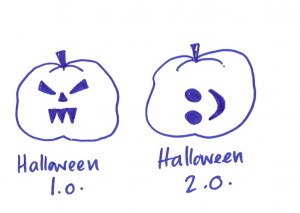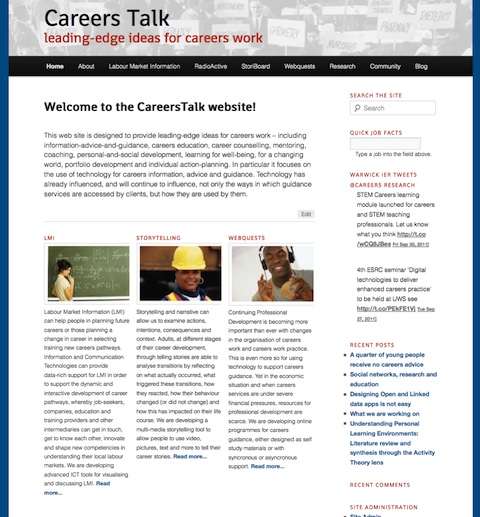Imaginarium – changing the DNA of education
The backlog of work has not been helped by me having flu. But I am back at my desk today. And late Thursday I fly to Romania to speak at a conference organised by the ever inventive CROS
Traian Bruma emailed me to explain the purpose and format of the conference.
“The project’s public name is Restart in Education and the Launch Event it’s called Imaginarium. It’s only 20% a conference, it’s 30% an un-conference because the participants will generate ideas and self-organize around ones that attract them. And it is 50% a creative workshop. We put up a website in romanian: www.restartedu.ro but you can check out you pictures here: http://www.restartedu.ro/cine-vine/
Our aim with imaginarium (the event) is to change the DNA of education in Romania and as George Bernard Shaw put it “The imagination is the begining of creation”. This is why the event is called Imaginarium – because it’s a place devoted to the imagination of the future of education in Romania.
The event is set up like a Game with 4 levels. We thought to have a presentation at the beginning of each Level. If it ok with you, we arranged them this way:
Level 1. Discovering the opportunities
Opened by Leonard – about democratic education; This will help them disconnect the notions of education and industrial schooling model. I think that the Summerhill philosophy about education will inspire them and free their minds to think in a different way about learning and education and to discover that there are opportunities in doing things differently.
Level 2. Creating the Imaginarium – the teams connect oportunities discovered and generate 100 ideas of online platforms
Opened by – Fred; – helping them understand how you can connect new ideas about how people learn with opportunities like technology, laws, demographics or other things similar
Level 3. Idea marketplace – Choosing 20 ideas and 20 leaders with their teams
Opened by Cosmin – about why champion an idea and what the business world needs
Level 4. Shaping Ideas – preparing the ideas so they can be submitted on the restartedu.ro platform and a Pitch Fest at the end with SMS voting and feedback
Opened by Graham – help them start shaping the ideas focusing on the interaction of technology, community, educational philosophy, thinking about the opportunities of different technologies and mashups to create new ways for people to organize themselves, interact and learn.
What we said above are only guidelines. It is not so important to link the talk to the game level as it is to provide inspiration and food for thought. We need them to think as far out of the box as possible.”
This sounds like a lot of fun and a brilliant format that could be adopted elsewhere. I shall report on how it all, goes.


